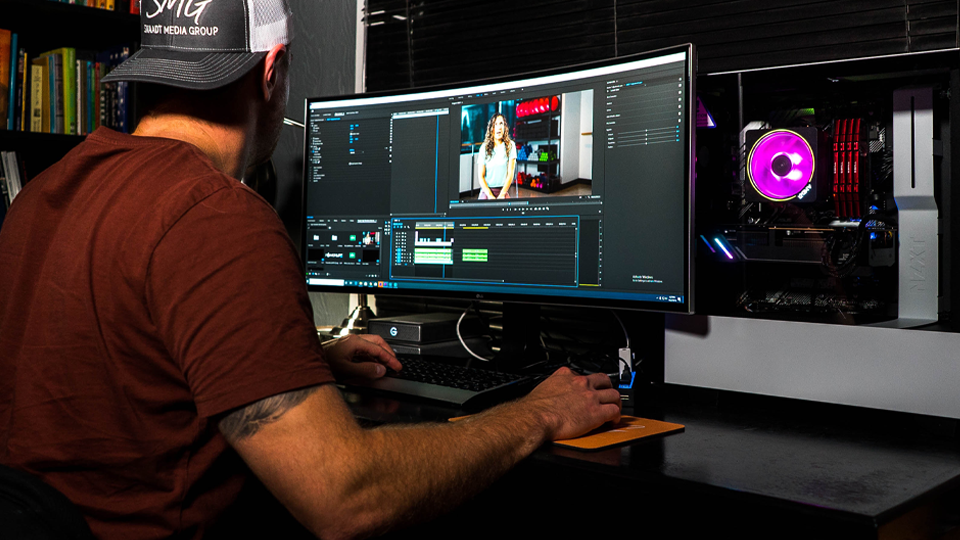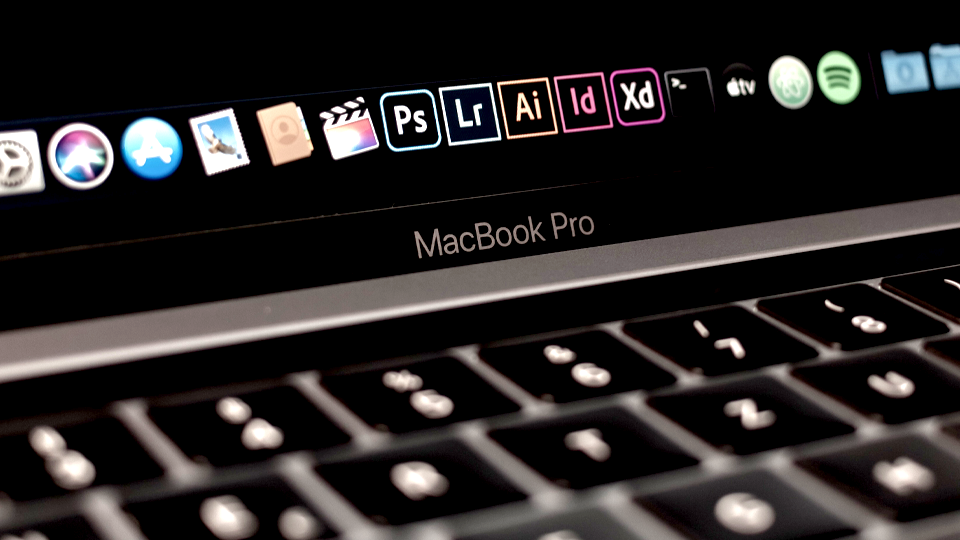Stitch, cut & create: 8 flicks that prove editing is where the magic happens

Samuel Taggart

12 Minutes

When the cameras stop rolling, the most important part of the movie-making process begins. Here’s a closer look at eight films that showcase the power of editing.
Making a movie doesn’t just mean filming scenes, calling “cut” and sending the footage off to the theater. The moment when all the footage is gathered and the actors can go home marks only the beginning of the post production process, where all of the raw media is cut, trimmed, chopped, sliced, slowed-down, sped-up and then stitched back together to create something awe-inspiring. This is the process you know and love, so we wanted to call attention to it by showcasing a series of movies that highlight the importance of the edit itself. These flims, all recognized as classics, put the spotlight on the editing suite and showcase some of the most talented individuals to take on the task. Directors would be nothing without their editors; this is our homage to some of the finest in movie history.
The Birds
Alfred Hitchcock is recognized as the godfather of horror, truly pioneering the artform. Creating suspense was his specialty and, in this scene from The Birds, this prowess is on full display. Notice how quickly terror fills the room; how cutting back-and-forth between the terrified onlookers and the scene outside the gas station, as the gasoline approaches ever-closer to the camera lens. Whatever suspense had been built before this scene dissipates in a matter of seconds as Hitchcock brings the audience along for the ride.
Lawrence of Arabia
The “match cut” is a term often used by video editors; the technique “matches” two completely separate moments from the film by cleverly switching from one to the other, thus associating the two moments in the story’s narrative and binding them together. This classic moment from Lawrence of Arabia shows the match cut in its most literal form—strike the match and where will you be transported to next?
The Godfather
The climax of The Godfather is one that showcases the power of editing in its finest form. In this scene, the film’s editors stitched together 67 different shots to establish a timeline that consecutively reveals multiple storylines at once; showing multiple events in different places all happening at the same time. As a viewer, it makes the entire story come together.
North by Northwest
If a plane were chasing you down in the middle of a field, what would you do? That’s what the director and editors of North by Northwest pondered in the climactic scene featured here. Cutting away from and back to the buzzing airplane intensifies the suspense, and the sound design—the planes propellers getting ever-louder as the plane approaches—puts the audience right in the moment with Cary Grant’s main character.
Once Upon a Time in the West
This is an example of how the absence of editing shows can sometimes be just as influential a storytelling technique as editing itself. The opening scene of Once Upon a Time in the West has a notable scarcity of cuts—these opening moments show a band of outlaws impatiently waiting for the arrival of the train they plan to plunder. As the nine-minute scene plays out, a fly buzzes around one of the bandits and an crackly tune plays through an old radio set. Waiting for the train has never felt more angsty.
Raging Bull
Another Hitchcock classic, Raging Bull, showcases some of the finest slow-motion boxing clips ever recorded on film. The highly stylized movie was also one of the first to put boxing under the microscope; it’s fight sequences are some of the first of their kind. As you watch this scene unfold, take note of how the cuts bring life to the fight and showcase the epic struggle of the two fighters—that’s the power of editing in motion.
Saving Private Ryan
War movies are a genre all their own. These epic dramas have the difficulty of showcasing the devastation of physical warfare but also the emtoinal struggles of the soldiers in the war. Saving Private Ryan is one of those movies that makes you forget you’re watching something fabricated. It’s an impressive feat to capture the emotion of a moment like the Omaha Beach “D-Day” landing, but Speilberg and his team achieve it with flying colors.
Memento
Memento is one of those movies that lingers on your brain for days after you’ve stopped watching it. This conceptual thriller follows no logical timeline—you’ll see why when you watch it—and achieves its complicated storytelling goals in a provocative manner. The power of editing is on full display here, as the movie pieces itself together scene-by-scene until its end.



































